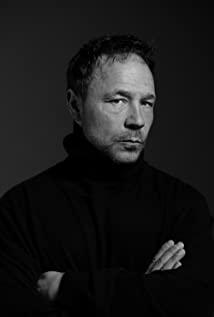What we call the Renaissance and Humanism (that is, the 14th century or so where the film takes place) is not atheism, but just a denial of the church. Emphasize that everyone is free to understand God. It was not until the Enlightenment that people really began to question the existence of God (of course, only some thinkers).
The male protagonist did doubt the meaning of war and killing, but it was the church that started the war who distorted the will of God. The contradictions in the middle are all manifestations of the male protagonist's struggle. He began to mistakenly think that the church = God, and he is indeed rebuilding his faith.
About the girl, or the devil, I can't tell them apart. In the film may represent human nature. She is reminiscent of family affection, the non-existence of God, etc. These are all correct in our eyes, but for religious people, this is a manifestation of excessive indulgence of human nature, and this is the devil in their eyes. The little boy who believed in Christ, after being rescued, naturally thanked the witch instead of worrying about God. This also shows that the devil they are referring to is not a person who does all evil, but a person who has lost his way and lost God. The same is true in the Bible, Satan does evil because he does not believe in the power of God to challenge him, not for evil's sake.
All in all, the existence of God is the foundation of their beliefs, and not many Westerners make a film to deny God.
There is a reason why Chinese people don't like this film, because everyone will automatically see it with preconceived atheistic viewpoints and naturally find it strange and awkward. But if you look at the values of Westerners, this film may still be worth watching.
View more about Season of the Witch reviews











